Top tips if visiting Italy for the first time
I’ve now lost count of the number of times I have been lucky enough to have holidayed in Italy or to have travelled to Italy as part of a work trip. But I can still remember that very first trip to this magical country. For me, that first trip was a family holiday to Tuscany. It was a holiday that was probably typical of many Tuscan holidays – we rented a large stone Tuscan villa with pool which we spent hours lazing beside, interspersed with afternoons spent exploring the surrounding area and day trips to the nearest cities, towns and villages.
But, as much as I now take much of Italian culture in my stride, I can also still remember the amazement I felt at being in Italy for the first time, mixed with a certain amount of uncertainty and confusion as some things just seemed so different to how things were back home.
So I thought it was time to put pen to paper and share my top tips if you’re visiting Italy for the first time… some pointers to help you relax into your Italian holiday and to answer some of the questions that may come up…
Eating Out
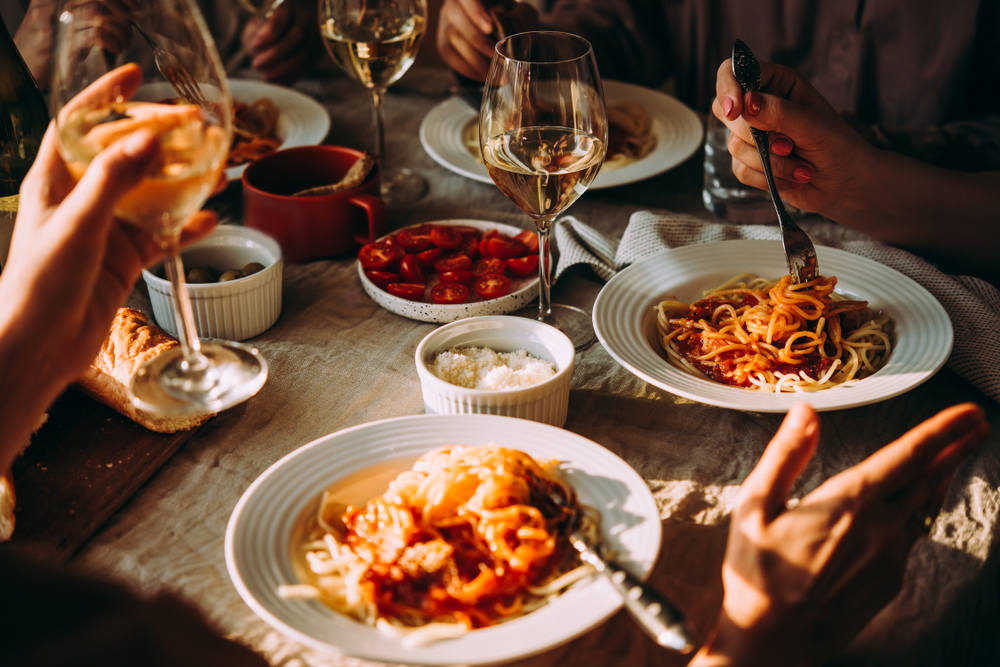
Eating out is pretty straightforward in Italy. But there are a couple of things that may be helpful to know.
First and foremost, don’t judge a book by its cover. I have lost count of the number of times I have enjoyed the most amazing food in an Italian restaurant that, from the outside, looked mediocre at best. A very average looking restaurant with a TV streaming sport may not bode well at first sight but can have in its kitchen the most amazing ‘nonna‘ cooking up delicious recipes handed down from generation to generation. If you’re visiting one of the main cities, try and make your way off the main tourist trail to find something more authentic. But it’s also worth checking out TripAdvisor reviews (and trying to find options with good reviews from Italians). Or, even better, ask for recommendations from your hosts if you have rented a villa in Italy – they should have the insider information on the best places to eat and drink.
Wherever you are eating, try and make sure that you order the local and regional specialities. I’m yet to discover a country with as rich and diverse a menu as Italy. From North to South, you’ll quickly realise that each region has its culinary specialities based on what produce is locally grown and whether it’s a coastal or inland region.
Finally, one last word of advice. When you get the bill, you will probably find a fixed charge per head on there. This is known as the ‘coperto‘ or cover charge. The coperto actually dates back to Medieval times when people stopped at an inn for drinks but brought food from home to save money. As a result, innkeepers started charging customers for their seat and for use of their crockery. These days, you’ll find it is usually a couple of euros per head and it literally covers the cost of providing the bread (pane) and breadsticks (grissini) which you will invariably find on your table along with the use of the cutlery and tablecloths, that must then be washed. When you bear in mind that, unlike in other countries where it is expected to pay tips of between 10% and 25%, Italian waiters don’t expect to receive a tip, it’s actually extremely reasonable. That said, I tend to also leave a tip… if the Italians think I’m strange to do so, so be it! It just doesn’t feel right to me not to!
And let’s just mention that bread again…. Most Italian restaurants will put bread on the table. But, it’s actually not intended to be guzzled ahead of your meal arriving. In fact, Italians use the bread to mop up all that delicious pasta sauce! The saying in Italian is ‘fare la scarpetta‘ which literally means ‘make the little shoe’. Use your imagination for a second, as you sweep the bread across the plate to absorb all that wonderful leftover sauce, your finger becomes the leg and the piece of bread a small shoe! It’s an Italian custom that we’re big fans of!
Bank holidays
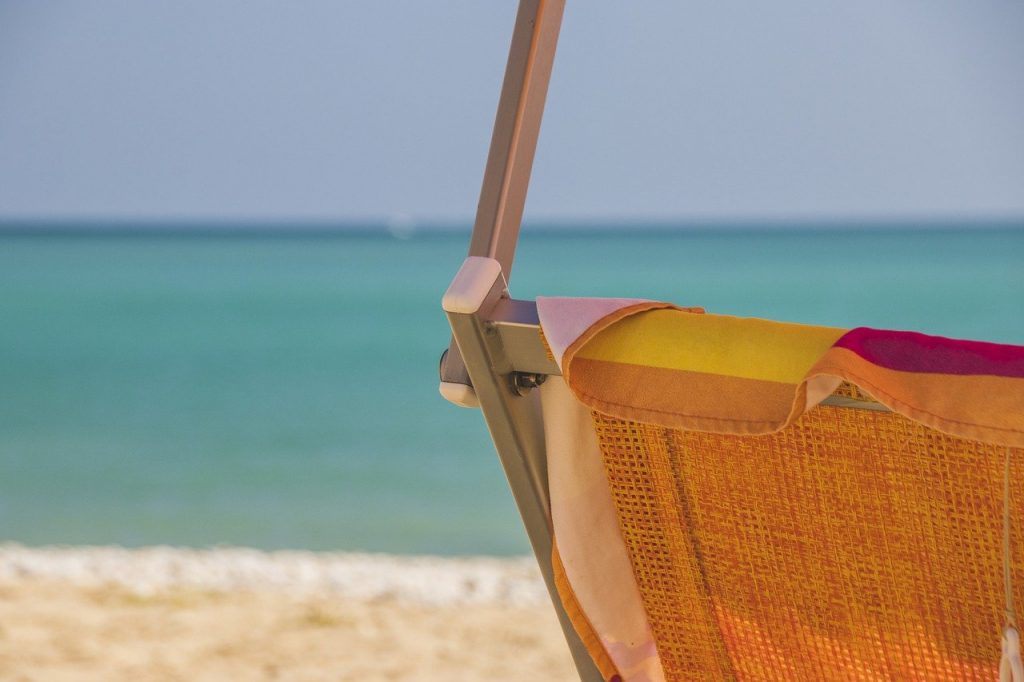
Whilst in the UK, life can seem pretty much as normal on a bank holiday, in Italy you’re likely to find shops firmly shut on bank holidays. The one public holiday in Italy that catches most people by surprise is Ferragosto since it falls directly in the middle of peak holiday season. 15 August each year marks this annual celebration. Whilst restaurants and cafes tend to be open, don’t expect shops or supermarkets to be open so, if you are in a self catering villa in Italy, make sure you stock up on supplies the day before!
Travelling on public transport
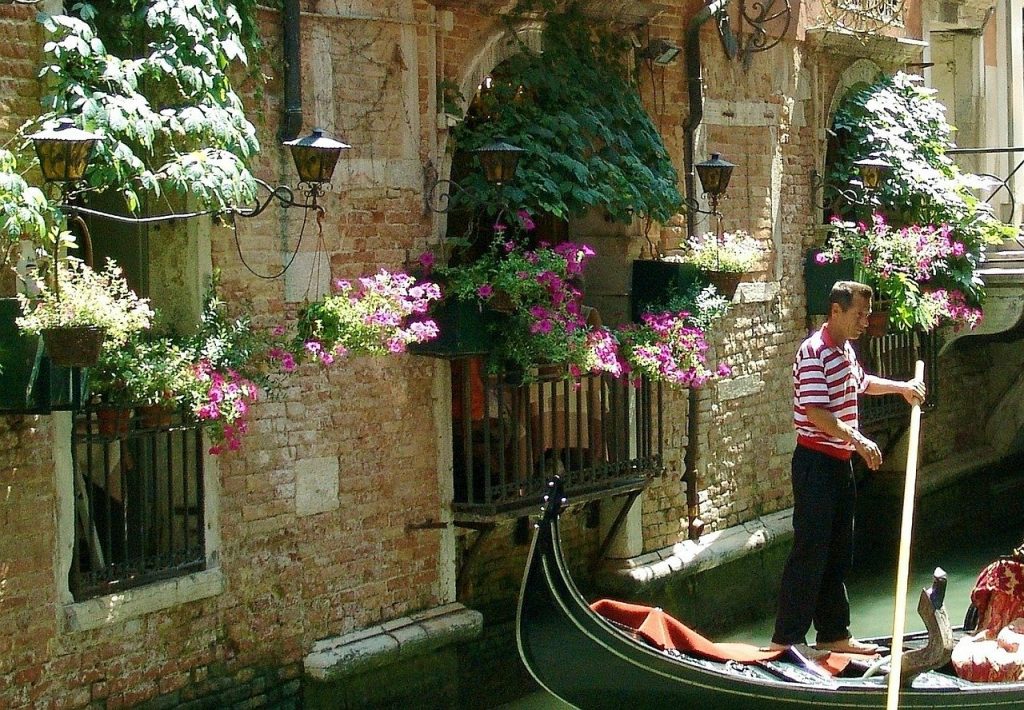
Probably the most famous form of transport when visiting Italy is the gondola. Be warned though – hiring a Venetian gondola for half an hour won’t be cheap. A standard rate of 80 euros for a daytime 30 minute ride is set by the local authority, with prices increasing to three figures at night. The price is for the boat so it won’t change whether there are 2 or 6 of you so this is one obvious way to cut costs. However, if you’re travelling to Venice on a budget or simply can’t stomach shelling out 80 euros for a half hour ride, then another compromise is to opt for a traghetto instead.
These are similar to gondolas but larger, seating up to 14 passengers and operated by two gondoliers. A short trip across the canal will cost you just a couple of euros. Yes, it’s shorter and you may need to share with others, but may just fulfil that gondola ‘fix’ for a fraction of the price. There are a number of traghetto stations along Venice’s Grand Canal, including one near the famous Rialto Bridge.
Probably the more common forms of public transport in Italy though are the trains and buses. The train network is pretty straightforward but the one thing you must do if you want to avoid a fine is to remember to stamp your ticket in the ticket validating machine located on the station platform before boarding the train. The same is true of the buses in Italy.
Learn a few basic phrases
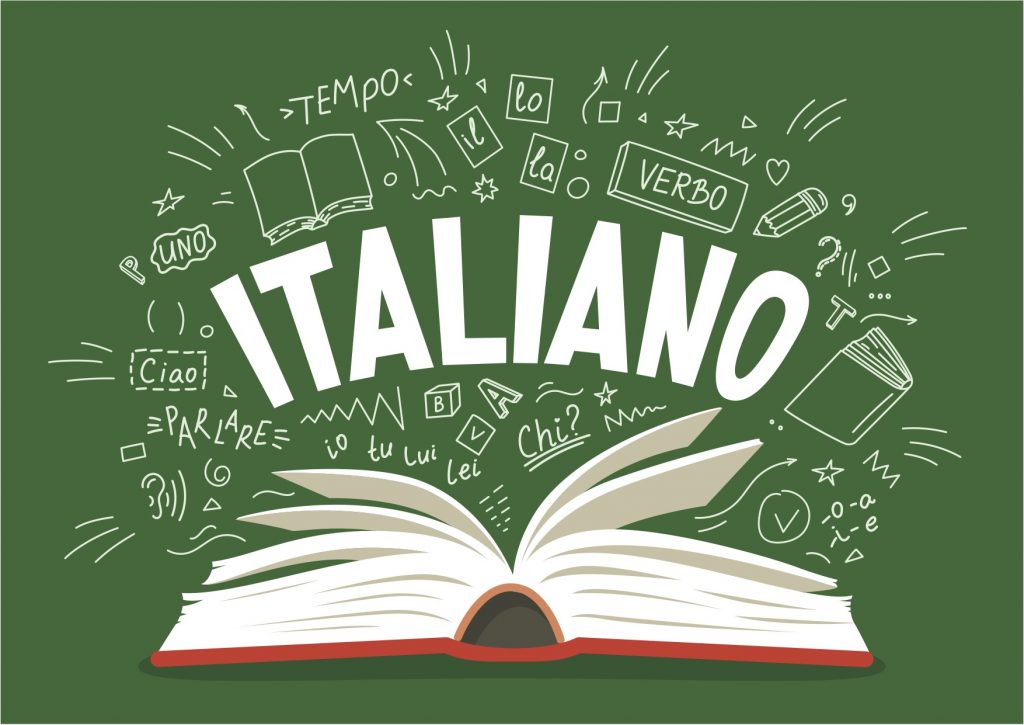
Don’t worry! No one will expect you to be fluent when visiting Italy however, from someone that had spent childhood holidays in France where market stall holders and shopkeepers would quickly switch to speaking in English despite my attempts to speak French, I found that Italians have always been more likely to be patient and allow me to at least try to converse in their native language! Try and swat up on a few basic words, sayings and phrases that’ll help you show you’re making an effort. Your attempts to speak the lingo will invariably be met with a large smile and a loud ‘brava‘!
Cover up!
Italy is filled with beautiful churches and there are a plethora of religious sites that you’ll want to visit during your holiday in Italy. From the Duomo in Milan to the Basilica in Assisi, and from the Duomo in Siena to the Cattedrale di Santa Maria del Fiore in Florence, these important religious sites will all ask women to dress appropriately if entering. So, to avoid disappointment and to ensure you’re not turned away at the door, make sure you cover your shoulders and legs. Shorts and skirts should sit on or below the knee whilst strappy camisole style tops are a real ‘no no’.
Italian cafe culture: Don’t order a cappuccino after midday!
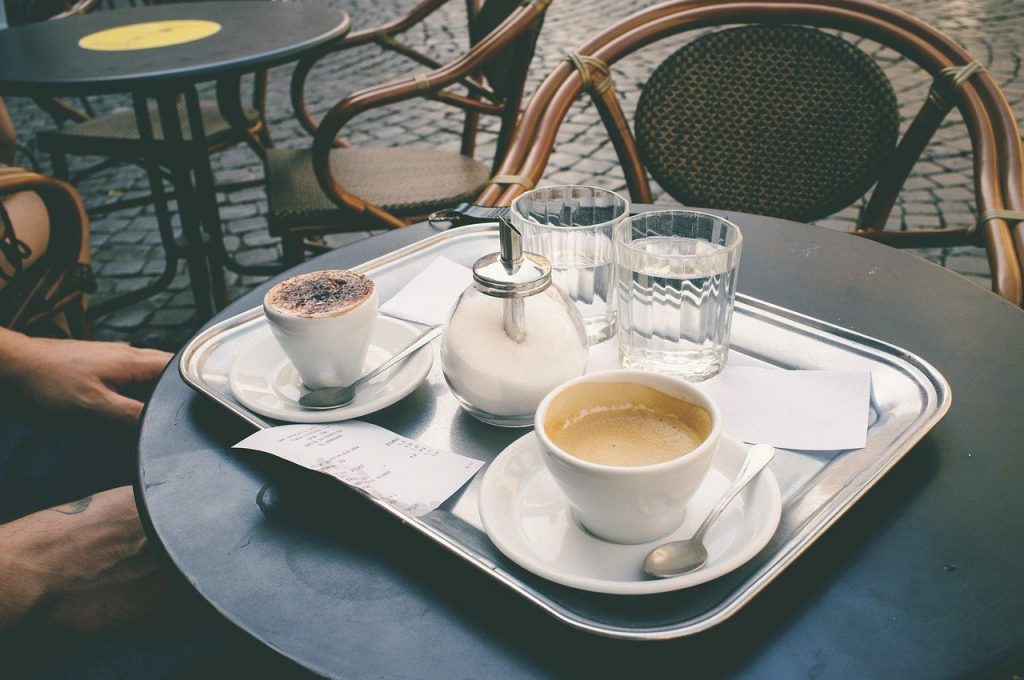
If you want to avoid being on the receiving end of some strange looks or are simply wanting to blend in, then don’t order a cappuccino after lunchtime and definitely not after your evening meal! A cappuccino is very much a morning coffee in Italy!
If you want to blend in, then enjoy your coffee standing at the counter with the locals. But if you do want to rest your feet, take a seat. Cafes tend to charge a higher price for taking a table but, with coffee usually priced around a euro, a few cents more isn’t going to break the budget!
Book your tickets in advance
As a general rule, you will find that there can be large queues at the main tourist attractions in Italy, certainly in peak season. To save time and avoid the line of people, book tickets to the Italian tourist attractions ahead of your visit. This is arguably even more important in the wake of the COVID-19 pandemic, with visitor numbers often restricted in many Italian tourist hotspots to guarantee everyone’s safety. Take a look at our complete guide on how and where to buy tickets here.
It’s also worth considering not just booking your entry tickets in advance to skip the queues but also consider booking the services of a personal tour guide too. Again, check out our guide on booking tickets and tours here.
If you’d like help finding a villa in Italy for your first stay, then get in touch with the Bookings For You team who will be happy to help recommend villas and apartments in Italy perfect for your first holiday in Italy.


